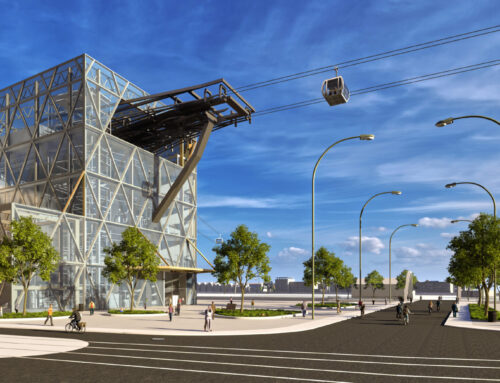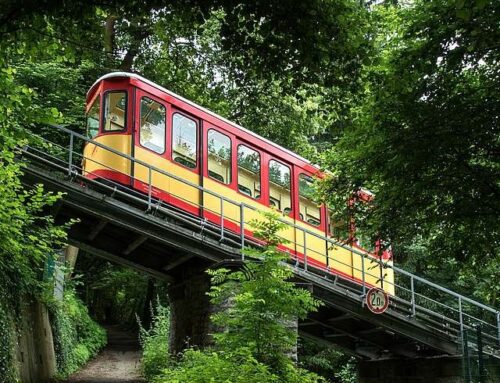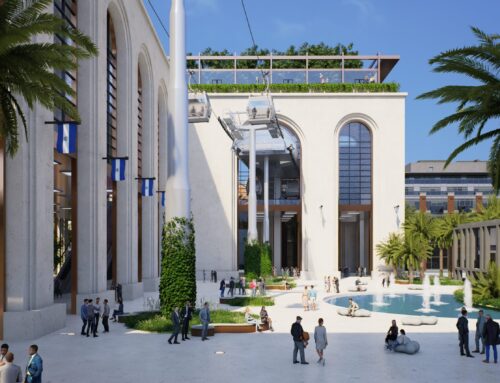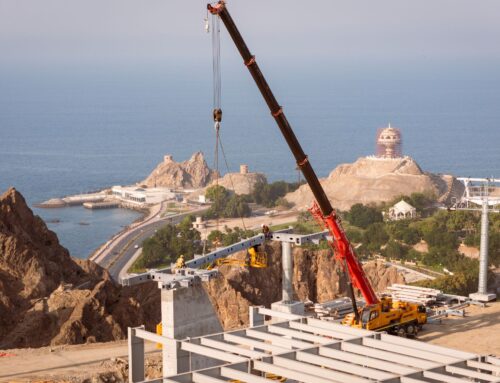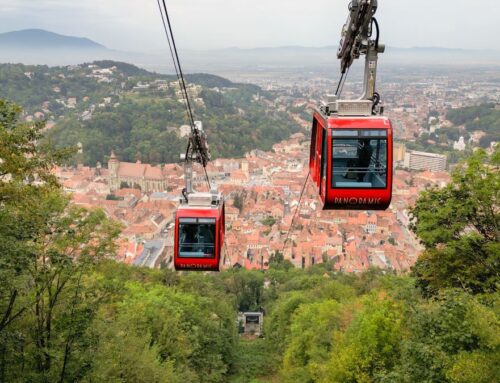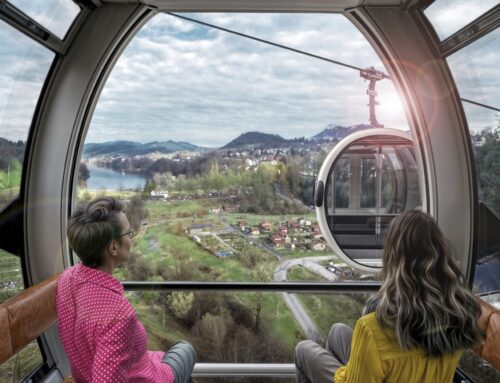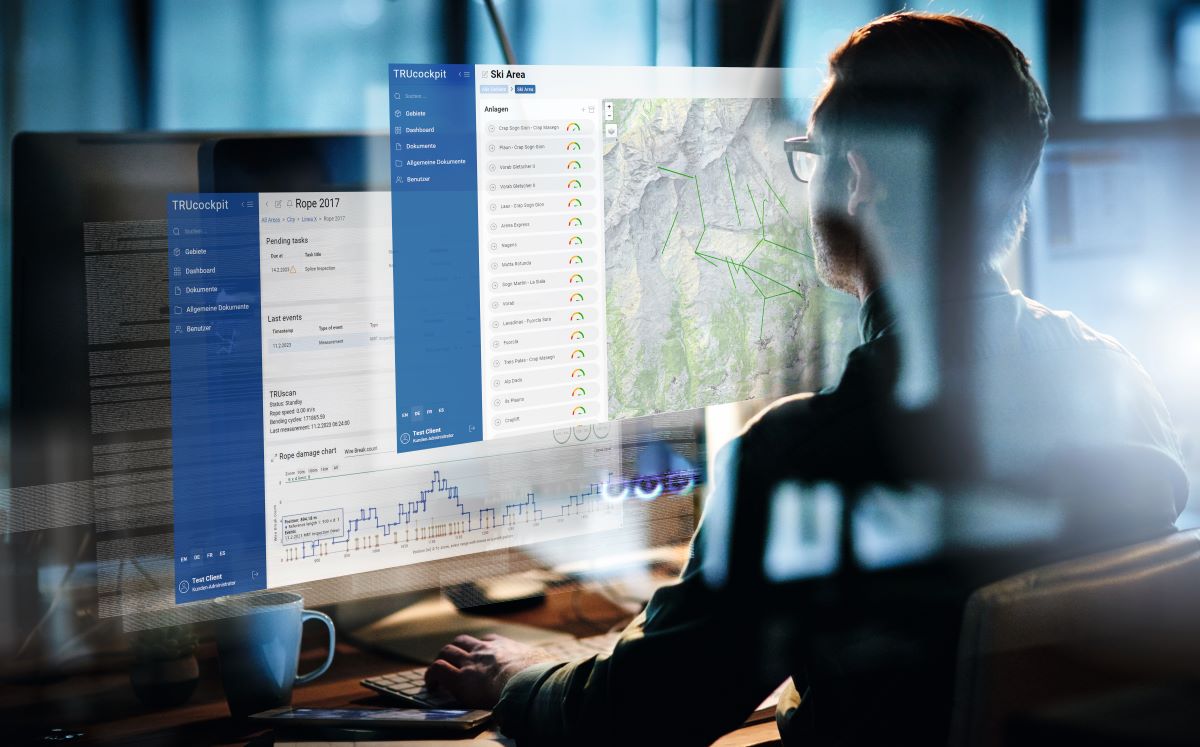
Cities, SI Urban 2/2024
The smart rope
The rope is quite literally one of the crucial components of a cable car. Manufacturer FATZER has not only developed a special model for urban use but also splicing methods and software solutions that facilitate assembly, increase the rope‘s lifespan, and enhance the cable car‘s reliability.
The top priority: to keep the rope‘s lifetime costs as low as possible. Extreme operating hours, high travel speeds, and extensive demands for availability and robustness: urban cable car ropes are subjected to significantly harsher conditions than ropes for traditional mountain railways.
Operators rightly demand a suitable safety architecture for the rope and high availability of the cable car. Surprises and unplanned downtimes are a no-go.
“Our priority is high customer satisfaction, mainly achievable through low lifetime costs,“ says Michael Hanimann, CTO of FATZER. Therefore, the rope manufacturer has developed a Long-Life package for urban cable car ropes that increases lifespan, ensures rope safety throughout all phases, and reduces costs.
Planning factor
It starts even before the rope‘s production. With its FAROtune software, FATZER calculates the future rope‘s lifespan and collaborates with the cable car manufacturer to develop an operational strategy. “It‘s essential to calculate not only the costs for the initial investment but also for maintenance and replacement,“ says Hanimann. This includes splice renewals and shortenings.
The PERFORMA-DT rope
by FATZER is specifically designed for urban cable cars and is particularly durable and smooth-running.
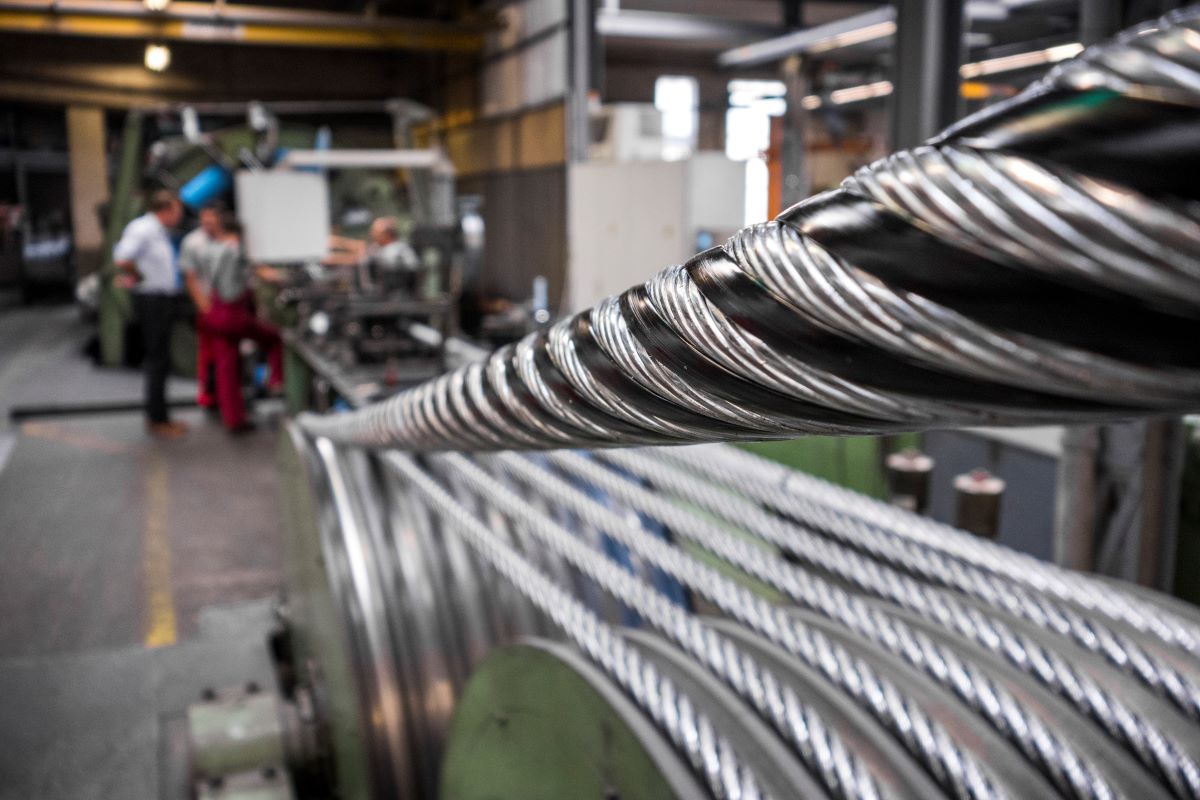
Product factor
For urban cable cars, FATZER manufactures the specialty rope PERFORMA-DT with plastic profiles between the wire strands. This prevents the strands of the rope from touching each other, and the “valleys“ between the strands are filled, significantly increasing the lifespan of the rope and rollers.
A PERFORMA-DT rope also reduces vibrations and noise significantly. It also minimizes roller insert wear due to its nearly round cross-section.
Splice factor
For PERFORMA-DT to fully utilize its strengths, rope experts are needed during assembly. FATZER‘s splicers have years of experience with their TRUsplice method. This involves handassembling the rope on-site with the highest quality.
The result is reduced operating costs, longer splice lifespan, and higher cable car availability. The shortened long splice is increasingly important:
With TRUsplice ES, assembly becomes cheaper and simpler.
Less scaffolding is needed due to the shorter long splice, and the splice can ideally be performed in the stations. Assembly time and the need for assistants are also reduced. Emergency solutions or road closures are unnecessary.
All these advantages come into play multiple times, as the rope needs to be spliced not only during assembly but also during rope changes, shortenings, and splice renewals.
Product factor
For urban cable cars, FATZER manufactures the specialty rope PERFORMA-DT with plastic profiles between the wire strands. This prevents the strands of the rope from touching each other, and the “valleys“ between the strands are filled, significantly increasing the lifespan of the rope and rollers.
A PERFORMA-DT rope also reduces vibrations and noise significantly. It also minimizes roller insert wear due to its nearly round cross-section.
Splice factor
For PERFORMA-DT to fully utilize its strengths, rope experts are needed during assembly. FATZER‘s splicers have years of experience with their TRUsplice method. This involves handassembling the rope on-site with the highest quality.
The result is reduced operating costs, longer splice lifespan, and higher cable car availability. The shortened long splice is increasingly important:
With TRUsplice ES, assembly becomes cheaper and simpler.
Less scaffolding is needed due to the shorter long splice, and the splice can ideally be performed in the stations. Assembly time and the need for assistants are also reduced. Emergency solutions or road closures are unnecessary.
All these advantages come into play multiple times, as the rope needs to be spliced not only during assembly but also during rope changes, shortenings, and splice renewals.
Monitoring and predictive maintenance factor
Once the rope is in operation, it needs to be monitored. Operators can partially delegate this complex and labor-intensive task to FATZER. Automatic and continuous monitoring is done through the TRUscan system, and deviations are handled by rope experts in the background.
This enables safe operation with predictive maintenance without compromises or surprises. The device can not only monitor the rope but also record its usage. This allows actions like splice renewals to be optimally timed.
The device also has the potential to detect damage during the development phase. If localized damage occurs, it can be quickly found during measurements at short intervals. Additionally, there is a function that allows for the immediate detection of the splice position and any damage, making lengthy searches unnecessary.
Furthermore, a new sensor enables the permanent tracking of the tension carriage or tension weight position via laser already in the construction phase. Regardless of what happens during rope pulling or tensioning, FATZER and the operator always have an overview and can create a rope elongation forecast.
Temperatures are also recorded, and their influences are considered. All sensor data converge in the TRUcockpit. Digital rope twins are enriched there, providing comprehensive condition monitoring. This significantly improves splice regeneration planning.
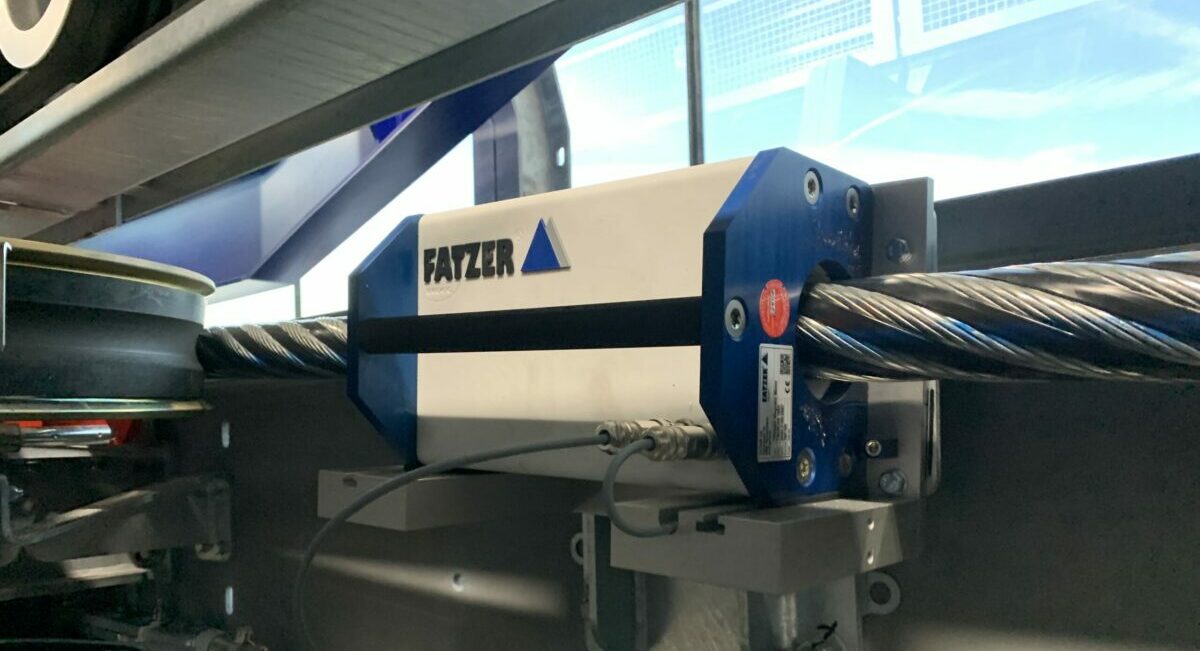
With TRUscan, cable car operators can monitor the condition of the hauling ropes magnetically and take necessary actions.
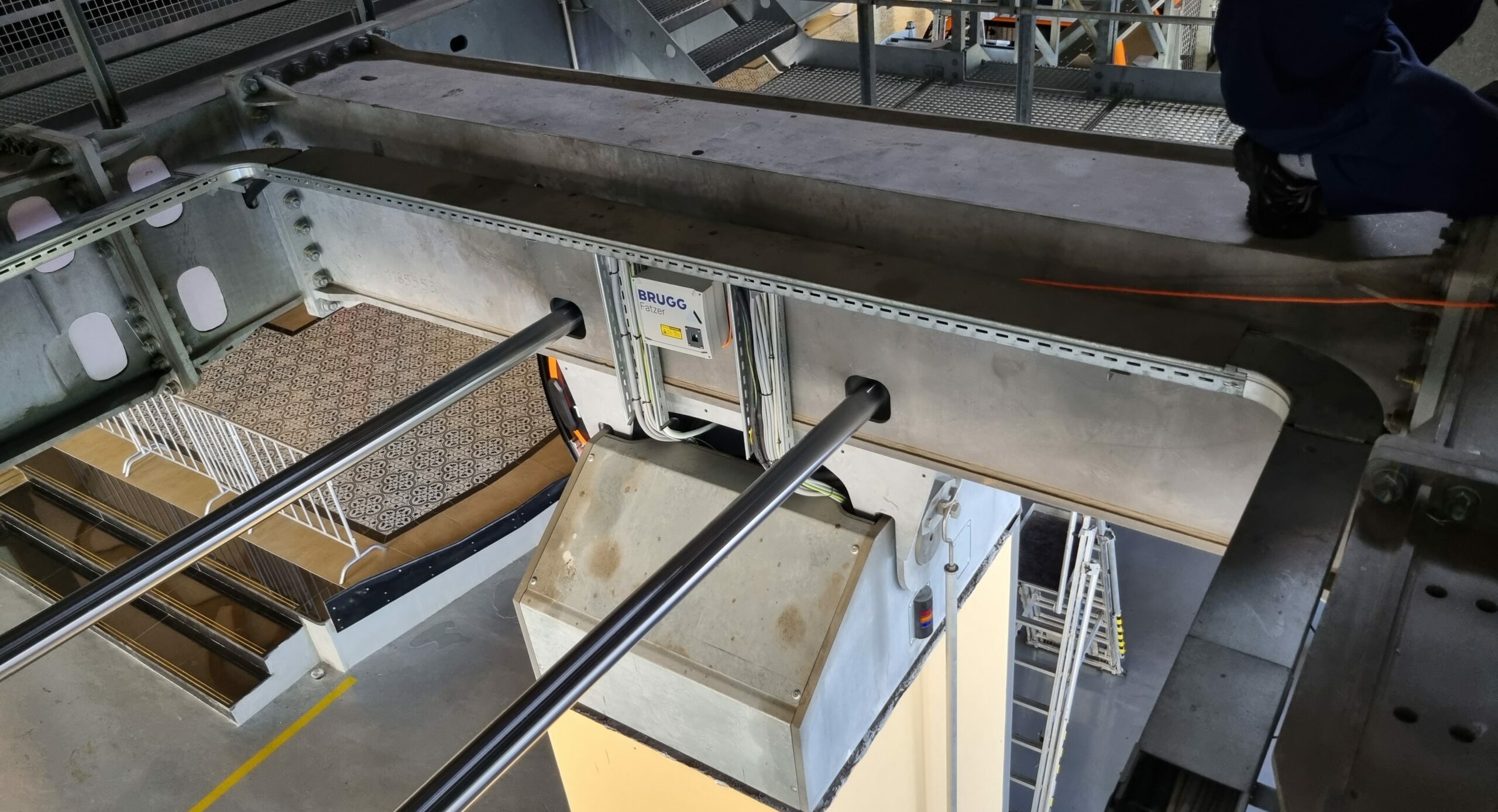
A laser continuously measures the position of the tension carriage, allowing for the prediction of the timing for splice work.
Service factor
If maintenance work seems necessary, FATZER experts are quickly available worldwide. Tailored maintenance and service contracts come with numerous benefits, foremost among them predictable costs, guaranteed response and intervention times, and local presence.
Conclusion
All five factors increase the reliability and availability of urban cable cars and minimize operational risks. The lifetime costs remain low.


